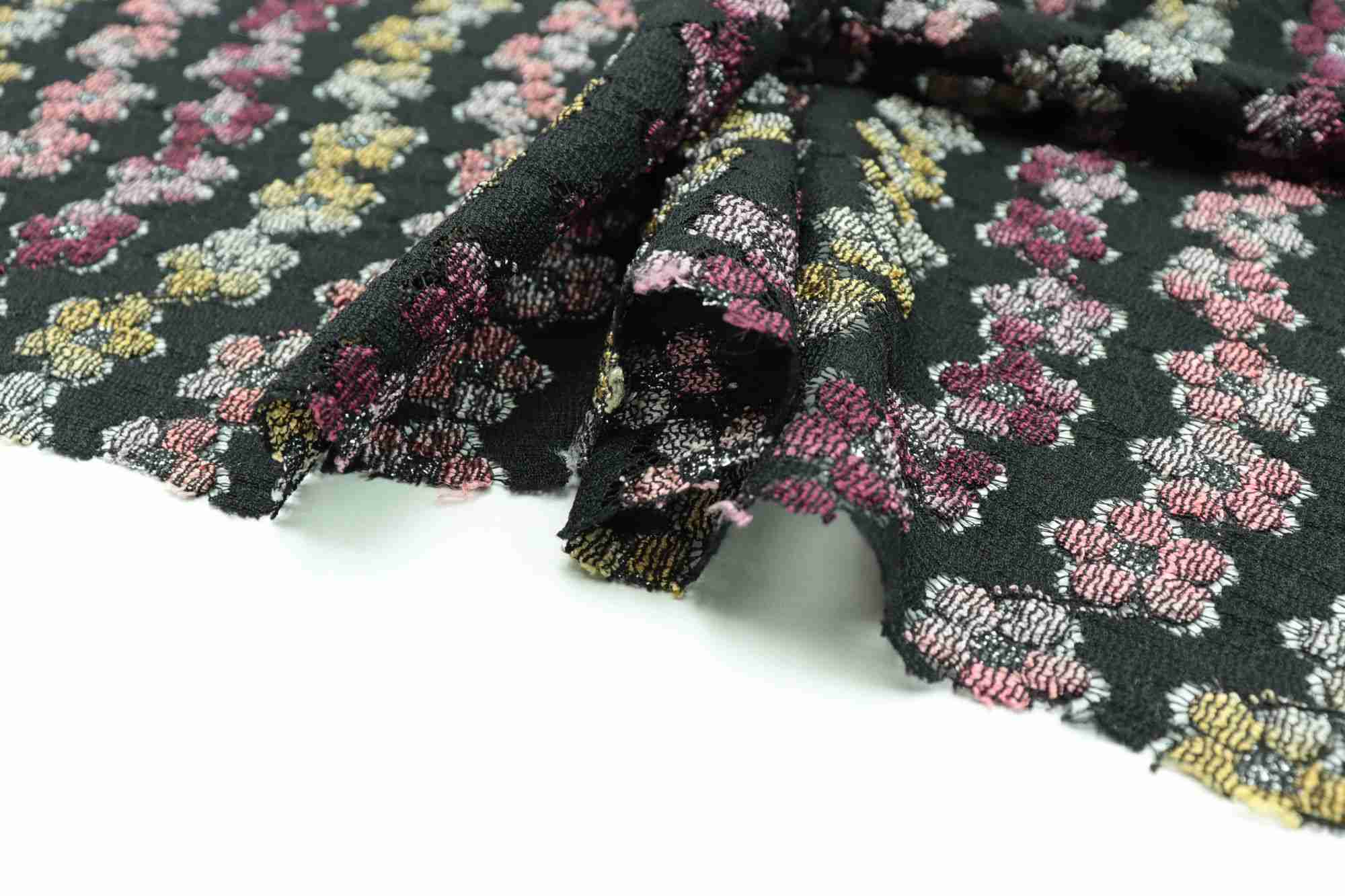Fast fashion has become an integral part of our lives, with many of us relying on it to keep up with the latest trends. But how much do we really know about fast fashion? There are a lot of unknown facts about this industry, from the environmental impact to the people who make the clothes. Here are 10 facts about fast fashion that not enough people know. They reveal the true cost of this industry and the ethical practices behind it, giving us a better understanding of our clothes and how they are made. From discovering the true cost of fast fashion to learning about the ethical practices that are employed, these 10 facts provide us with a clearer picture of the industry and how it affects us.
Fast Fashion Fact #1: Human cost of fast fashion
A worker in a garment factory might spend up to 80 hours per week on a single production line, producing cheap clothing that you can purchase at a low price point. Unfortunately, the human cost of fast fashion is immense. People who work in garment factories often work long hours in poor conditions, with low wages. Workers are sometimes exposed to toxic chemicals, leading to long-term health problems, including cancer. Low wages, long hours, and poor working conditions are common in the fast fashion industry, with many brands choosing to focus on low prices over workers’ rights. While some brands stand up for workers’ rights, other brands that produce fast fashion merchandise keep costs low by not improving working conditions. Unfortunately, the human cost of fast fashion is often overlooked because of the low prices of clothing. While it may be cheap to purchase, it comes at a cost to the people who make it.
Fast Fashion Fact #2: Environmental impact of fast fashion
The environmental impact of fast fashion is significant. It has been estimated that the fashion industry is responsible for 20% of all carbon emissions, as well as being a source of water pollution. It takes 2,900 gallons of water to produce one t-shirt, and the textile industry is currently one of the largest polluters in terms of carbon dioxide emissions. In fact, 15% of global CO2 emissions come from the production of textiles. The impact of fast fashion has led to significant changes in the environment, including a significant reduction in biodiversity. It has also contributed to the rise of toxic algae, which has caused algal blooms in lakes and coastal areas, impacting wildlife. Fast fashion’s significant impact on the environment is a result of its low price point and disposable nature. Because items are so cheap, they are easily discarded when they are no longer fashionable. Once clothing has been worn a few times, it loses its appeal and is discarded, contributing to the environmental impact of the fashion industry.
Fast Fashion Fact #3: Fast fashion’s contribution to global warming
The fashion industry is a significant contributor to global warming. The carbon emissions from the production of synthetic fabrics and dyes, as well as the transportation of garments, have resulted in a significant amount of CO2 emissions. These emissions are expected to increase by 45% by 2050 due to fast fashion, which is expected to increase in popularity. While some brands have attempted to reduce their carbon footprint, others continue to produce low-quality garments, contributing to the rise in CO2 emissions. Although fast fashion is a significant contributor to global warming, it can also be used as a tool to reduce greenhouse gas emissions. By investing in sustainable fabrics and eco-friendly dyes, brands can produce clothing that has a low carbon footprint, helping to reduce the industry’s contribution to global warming.
Fast Fashion Fact #4: Solutions for reducing the impact of fast fashion
Although fast fashion is responsible for significant damage to the environment, there are also ways to reduce its impact. Many eco-friendly fabrics can be used in the production of garments, such as organic cotton, recycled fabrics, and organic wool. These fabrics are more expensive, but they reduce the environmental impact of fast fashion. Brands can also reduce the amount of waste generated during the manufacturing process by using closed-loop systems and by reusing water. To reduce the amount of CO2 emissions, brands can use renewable energy sources and increase the use of sustainable fabrics. It is also important to reduce the amount of transportation used during the production and shipping of garments, as this is another significant source of CO2 emissions.
Fast Fashion Fact #5: Working conditions in the fast fashion industry
There have been countless reports of worker abuse and poor working conditions at garment factories across Asia, where many brands source their cheap clothing. The main issue with working conditions in the fast fashion industry is that brands are focused on keeping costs low, putting workers at risk of abuse. There have been many reports of long working hours, unsafe conditions, and low pay. Workers have reported being kept in the factories against their will, with some being subjected to physical abuse. There have been several attempts to improve the working conditions in the fast fashion industry, including the Ethical Fashion Initiative, the Clean Clothes Campaign, and the Harkin-Engel Protocol. These organizations attempt to hold brands accountable for their working conditions, helping to improve conditions for workers.
Fast Fashion Fact #6: Human rights issues in the fast fashion industry
Human rights issues in the fast fashion industry include child labor, exploitation of workers, and poor working conditions. Many brands choose to outsource production to developing countries, where there is little regulation regarding working conditions. This allows brands to use child labor, employ workers on low pay, and use unsafe practices. Some brands take these issues seriously, however, and are working to improve conditions for workers by setting up ethical sourcing programs that ensure workers are treated fairly. Other brands, however, have been found to use unethical practices, putting workers in danger and violating their human rights.
Fast Fashion Fact #7: The lifespan of fast fashion
We’ve all heard that fast fashion has a short lifespan, but how long is that lifespan really? The average lifespan of a garment is just 46 days, with a piece of clothing is worn for just 15 days before being discarded. This is due to the low price point of fast fashion and the fact that it is often produced in disposable clothing, with low quality. Some brands are beginning to reduce the lifespan of their clothing, however, by producing “long-lasting fashion” that is made to last. This results in higher prices, but it also means that garments have a longer lifespan, reducing the amount of clothing that needs to be produced. This can reduce the environmental impact of the fashion industry, requiring fewer resources.
Fast Fashion Fact #8: The use of synthetic materials
Synthetic fabrics are used in most fast fashion garments due to their low cost and ability to be dyed quickly. They are less durable than natural fabrics, however, and can’t be washed as often. Synthetic fabrics also use harmful chemicals during their production, including formaldehyde and heavy metals. These chemicals can be released during use, exposing people to the chemicals, as well as when they are disposed of. Some brands are beginning to use natural fabrics in their clothing, such as linen and cotton, as these materials are more durable and comfortable. They also don’t contain harmful chemicals, making them a more environmentally-friendly option.
Fast Fashion Fact #9: The Health Impacts of Fast Fashion
There are numerous health impacts associated with fast fashion, with health problems such as allergies, rashes, and even cancer being linked to the production of synthetic fabrics. There have also been reports of respiratory and skin problems among garment workers, as well as health issues in their communities, including increased rates of asthma, due to the poor air quality in areas where clothing is manufactured. Some brands have addressed these health issues by investing in safer production methods and the use of natural fabrics. Others, however, have chosen to ignore the health impacts of their products, choosing to prioritize profits over the health of the people who wear their clothing.
Fast Fashion Fact #10: Low Wages for Fast Fashion Workers
As we’ve discussed, working conditions in the fast fashion industry are poor, with many workers facing low wages and long working hours. In fact, workers in Asia are paid 10 to 20 times less than their counterparts in the U.S., making it impossible for them to live on their wages. Many of these workers are forced to live in slums, making it impossible to escape their situation.
































